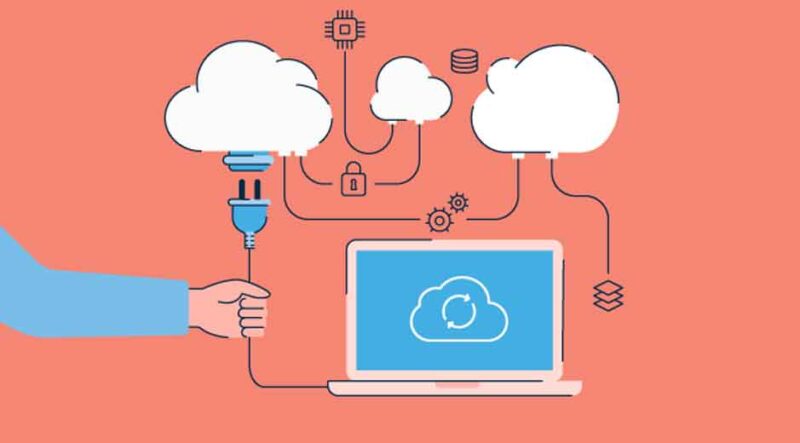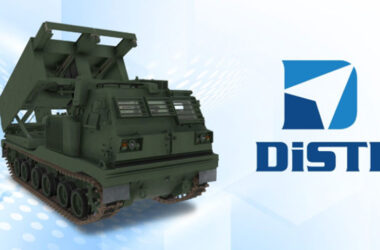The World Beyond Physical Machines
Picture a giant room filled with noisy, humming computers stacked in rows. Each one has blinking lights and cables snaking everywhere. That’s what many people think of when they hear the word “server.” For a long time, every app and website needed its own physical machine somewhere in a building. That meant businesses had to buy lots of expensive computers and find places to keep them cool and safe.
But these days, things have changed. Apps don’t always live on one machine anymore. Instead, they can exist in a virtual world where they move around, share space, and use only the power they really need. This saves money and space and helps keep apps running fast and smoothly. It’s a bit like giving apps superpowers so they’re not stuck in one spot.
What Does “Virtual” Really Mean?
The word “virtual” might sound complicated, but it just means something that’s real for the computer but doesn’t have to exist as a single, solid object. Imagine a toy house built in a video game. It’s not a real house you can touch, but the game treats it like it’s there. A virtual app or a virtual server works in a similar way.
A virtual app is a program that runs on a server without needing a whole physical machine just for itself. Instead, lots of virtual apps can share one big server. They each get a part of its memory and power, almost like neighbors sharing a huge apartment building instead of needing their own separate houses. This way, if one virtual app uses less power, others can use more without waste.
Why Virtual Apps Are So Cool
There’s a good reason virtual apps have become popular. They help keep things flexible and safe. If one physical machine breaks, virtual apps can move to another one without anyone even noticing. This helps avoid problems where websites or games suddenly stop working because a server has crashed.
Also, virtual apps make it easier for businesses to handle busy times. Imagine a store’s website during a big sale. Lots of people visit at once, which means the server has to work harder. Virtual apps can be given more power for that busy time and then go back to normal afterward. This saves money because businesses don’t need giant servers running at full power all the time.
Sometimes companies also want to switch from one system to another to get better performance or save costs. For instance, some are looking for additional options besides Microsoft RDS, which helps deliver virtual apps and desktops. Exploring these other choices can help them find tools that fit their needs better or work more smoothly.
How Virtual Machines Help Apps Live Anywhere
Another part of this magic world is something called a virtual machine. A virtual machine is like a pretend computer that lives inside a real computer. It has its own space, its own pretend hard drive, and even its own pretend memory. But it’s all software, not metal and plastic.
Virtual machines help keep apps safe from one another. If one app in a virtual machine has a problem, it doesn’t hurt the other apps on the same server. This is super important for businesses because it keeps problems from spreading and causing big crashes.
Virtual machines also help apps work on different systems. For example, a company might have one set of computers running Windows and another running Linux. Virtual machines let apps run in either world without needing totally different physical machines.
The Cloud: A Giant Home for Virtual Apps
People talk about “the cloud” all the time, and it can sound mysterious. But the cloud is really just lots of servers sitting in big buildings all over the world. Virtual apps and virtual machines live there, moving around as needed. The cloud lets people use apps from anywhere without needing to know where the servers are.
Imagine playing a game or using an app on a phone. That app might actually be running on a virtual machine in a data center far away. It feels instant because the internet connects everything. This is why apps can work on all kinds of devices without needing each one to be super powerful.
Cloud companies let businesses rent space and power instead of buying their own servers. This means a small business can afford the same powerful tools that used to be only for big companies. Virtual apps make this possible because they’re easy to move, grow, or shrink as needed.
Keeping Things Safe and Fast
One of the best parts of virtual apps is how they help keep data safe. Because apps can move from one machine to another, it’s easier to make backups. If one server breaks, another one can take over almost right away. This helps stop long breaks where apps or websites don’t work.
Virtual apps also help keep things fast. Instead of waiting for a single server to do all the work, tasks can be shared between many virtual machines. This makes apps respond quickly even when lots of people use them at once.
For businesses, this means happier customers. Nobody likes it when a game freezes or a website won’t load. Virtual apps help avoid those problems by spreading out the work and giving each app the right amount of power.
How Virtual Apps Change Everyday Life
Virtual apps aren’t just for big companies. They affect everyday life in ways people might not even notice. Streaming movies, chatting on video calls, and playing online games often rely on virtual servers and apps. Schools use them so students can learn from home. Hospitals use them to store patient info safely.
Even when checking bank accounts online, virtual apps help keep things safe and working fast. They protect sensitive data and make sure only the right people can get in.
Without virtual apps, the internet would be slower, less reliable, and much more expensive for everyone. Businesses would have to buy mountains of physical servers, and websites might go down all the time. Virtual technology keeps the online world running smoothly behind the scenes.
Looking Toward the Future
Virtual apps have already changed how technology works, and there’s even more happening every year. People are finding new ways to use them, like running artificial intelligence tools that help answer questions or analyze huge piles of data.
More companies are exploring different services and tools to replace old systems so they can save money and work faster. Virtual apps are a big part of that shift. They help businesses adapt quickly without having to spend millions on new equipment.
A Quick Recap
Servers don’t always need a single, solid home anymore. Virtual apps let them share space, move around, and keep running even when things go wrong. They’re safe, fast, and help save money and energy. From games and websites to hospitals and banks, virtual apps quietly keep the modern world working.
It’s pretty amazing how something invisible makes such a huge difference every day. Exploring how these tools work and what options are out there keeps opening new doors for how people live, work, and play online. Curious minds might even find themselves building the next cool virtual app one day!







